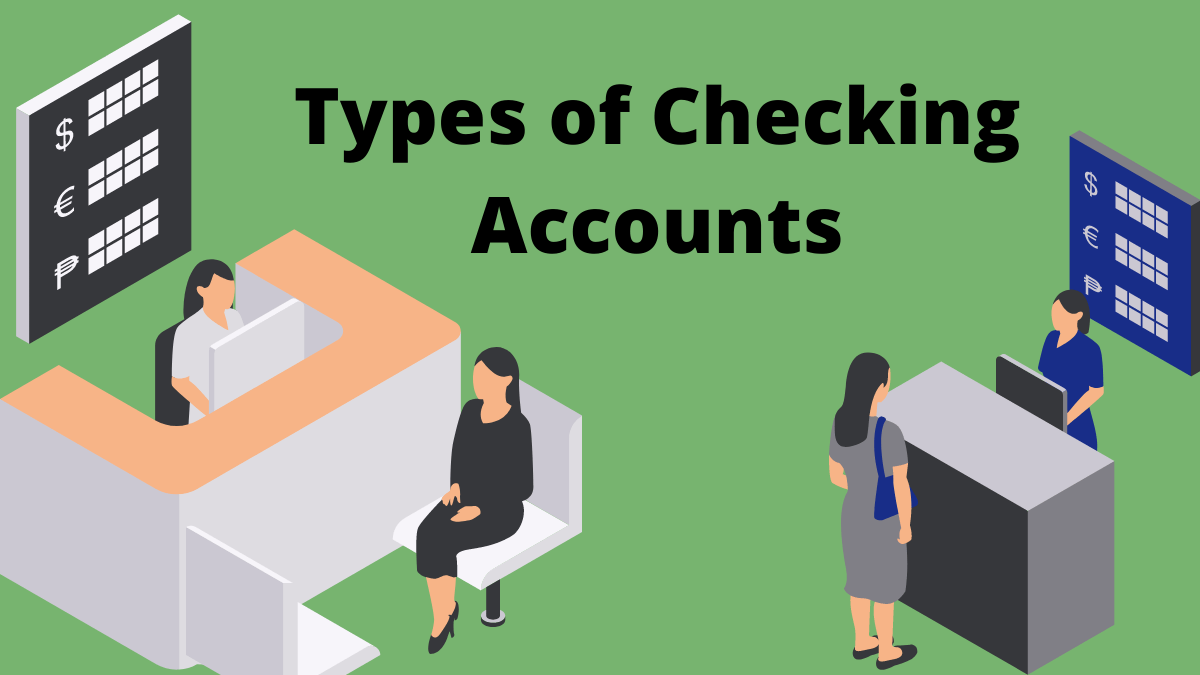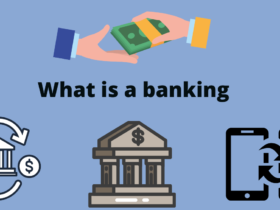Choosing the right type of current account to check the maximum comfort of your money while you reduce the payment to the bank. There are different types of checking accounts available to you before you sign up for one, it helps to understand the difference between them.
Basic Checking Account
This is the simplest way to check the “plain vanilla” eating, and you can get from most brick and mortar banks and credit unions. It provides a small set of features and is suitable for everyday banking.
Basic checking accounts generally allow you to:
- Access and transfer money
- Withdraw funds from an ATM
- Use a debit card
- Write and deposit checks
- Pay bills
- View and manage your account online (and in some cases, through a mobile app)
Some bank account waives maintenance fees if you sign up for direct deposit with your employer, maintain a fixed monthly balance, or pay a bill online.
Basic checking accounts usually do not have an interest, so you will not earn money on your balance. Before you open a basic checking account, find out what you will have to pay and what you get in return — you can get a better deal with a different type of account.
Read Also- A beginner’s guide to Banking
Free Account
It can be hard to find these types of checking accounts, free is not dead Free check. Banks continue to drum exclusively from business to offer free checking accounts to small banks, credit unions, and online banks.
Free uniform usually accounts offered basic checking accounts, but service without a monthly maintenance fee. However, they can obtain or paper statements using ATMs of other banks apply to other checking account fees, for example.
Also, you usually do not pay for the payment (or rather, to) get along with these accounts. They do not pay interest on basic investigation may lack some features of the accounts do not come with anything, Czech for example) and generally deposited. However, you only need one account to pay to deposit salaries and bills, a free checking account is a good option.
Online-Only Account
While brick and mortar banks offer online-only accounts, online accounts are usually available at online banks, physical branches you can not go. Offer accounts to check the features of these types of basic bank accounts, but you are comfortable with handling their finances on the Internet and cannot have bank representatives when you need them.
If you need to deposit, you can set up direct deposit with your employer. You may be able to take a picture with your mobile device or deposit a check by postal check to the bank.
You can typically access the funds in your online account in a number of ways:
- Use your debit card
- Withdraw cash from an ATM
- Pay bills online with Bill Pay
- Send an electronic transfer or wire
- Send a P2P payment
However, the online checking account usually some are missing ATM deposits) basic checking account features (for example 0.6, but because they also have brick and lack of overhead mortar locations, as they customers You can pass on savings with no monthly maintenance fees and high interest rates on their deposits.
Interest Checking Account
Interest bearing checking accounts, as interest checking or investigating high-yield accounts, basic accounts, but referred to payments on their deposits as interest. This allows you to earn a small amount every month just to keep your money in the bank.
Specific amount depends on the annual percentage yield (APY) have been achieved, which shows how much interest you will be paid based on the frequency of interest rate and compromise. You do not earn much, but some, especially given that the basic checking accounts earn nothing at all.
Interest checking accounts are most often found at online banks, which have the least overhead, but some brick and mortar institutions provide them as well. As you shop for these accounts, such as APY (along with no restrictions on how often you write checks and allow dollar amount restrictions for any checks you write), as well as APY take in consideration. Likewise, review the account fee schedule. Some interest-bearing accounts charge monthly maintenance fees, while others (usually online interest-checking accounts) do not.
Reward Account
As the name suggests, these types of checking accounts provide additional benefits along with basic checking account features to encourage customers to open and use them. They typically pay interest — often at a higher APY — than bank interest checking accounts. Some banks also offer reward account holders preferred interest rates on new loans or discounts on fees, such as overdraft protection.
You often have to “get” qualify to pay higher rates reward accounts, and it can be difficult to do. May open a credit card or a mortgage with the bank, and hold investment to get jump qualify through the firm, or other hoops.
The Bottom Line
When shopping for a checking account, know that there are different types of checking accounts that cater to different customers. The ideal checking account is one that satisfies your banking needs and budget.
Don’t be tempted by sign-up bonuses and high-interest rates alone—they won’t be worth much if you can’t use the account the way you need to. Compare the features among competing banks and pick the account type that offers what you need at prices you can afford in the long run.








